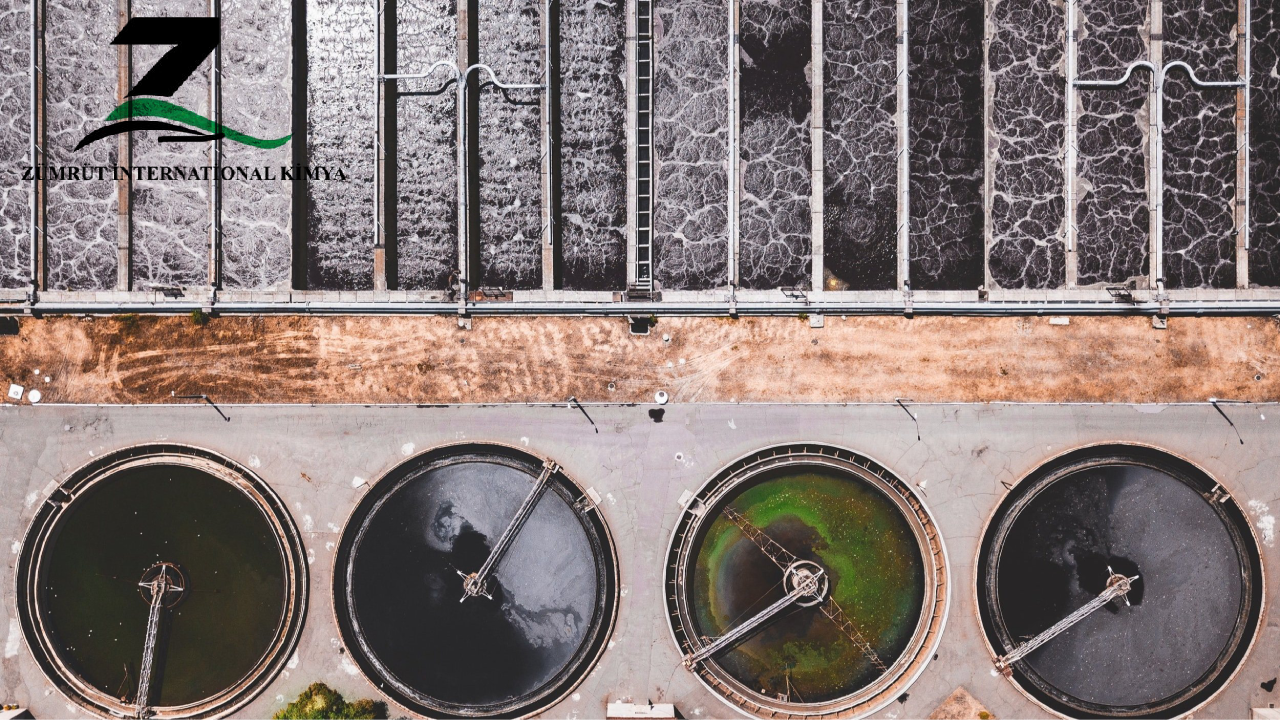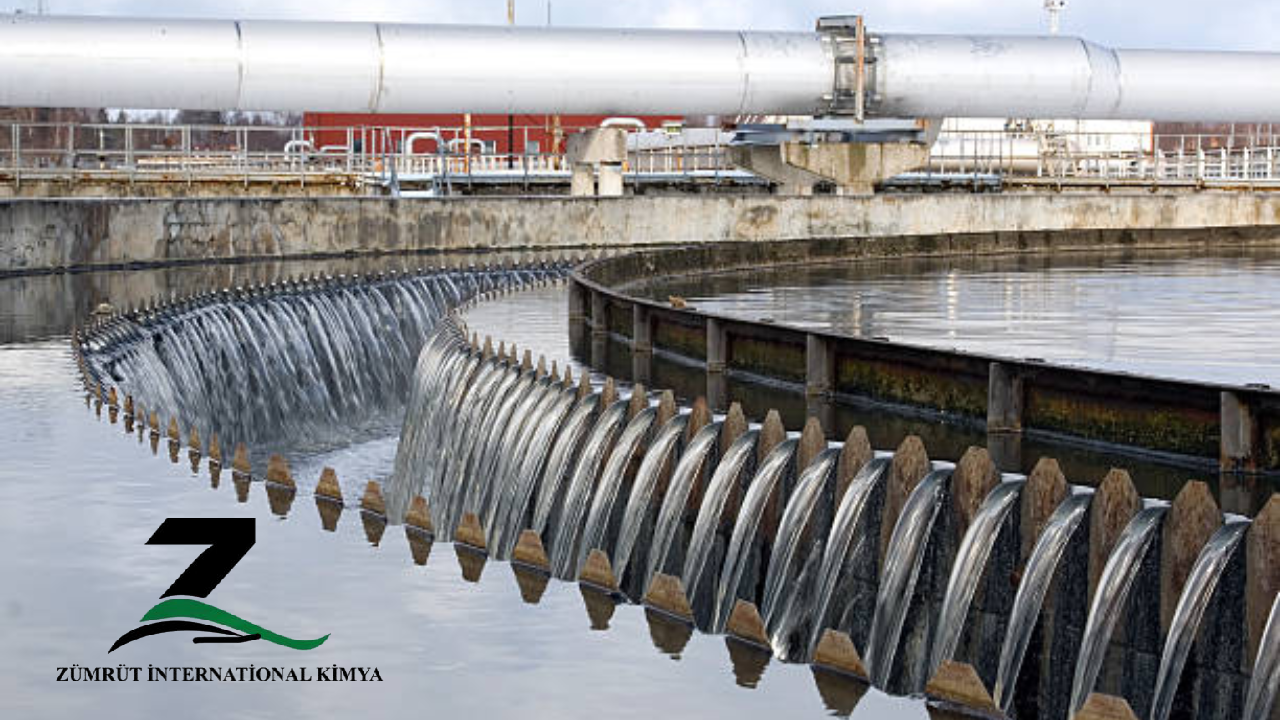
- The key role of caustic soda in water purification
- Role of Caustic Soda in Water Treatment
- Benefits of Using Caustic Soda in Water Treatment
- Handling and Safety Considerations
- Environmental Considerations
- Chemical Properties of Caustic Soda
- Detailed Applications in Water Treatment
- Advanced Treatment Technologies
- Operational Best Practices
- Research and Innovations
The key role of caustic soda in water purification
Caustic soda (sodium hydroxide) plays a crucial role in water treatment processes. Its properties make it a valuable chemical for adjusting water quality and ensuring safety for consumption. Here’s a comprehensive overview of caustic soda’s applications, benefits, handling, and safety measures in water treatment.
Role of Caustic Soda in Water Treatment
Caustic soda is primarily used in the following ways in water treatment:
pH Adjustment:
Caustic soda is used to raise the pH of acidic water, making it less corrosive and more suitable for drinking. Maintaining a neutral to slightly alkaline pH (typically between 6.5 and 8.5) is important for preventing pipe corrosion and ensuring the safety of drinking water.
Heavy Metal Removal:
It helps in the precipitation and removal of heavy metals (like lead, copper, and aluminum) from water by forming insoluble compounds. This process enhances the overall quality of the water and reduces the risk of toxic exposure.
Flocculation and Sedimentation:
By increasing pH, caustic soda aids in the coagulation and flocculation processes. It helps in the formation of larger flocs that can be easily removed from the water during sedimentation, improving the clarity and purity of treated water.
Alkalinity Control:
Caustic soda contributes to maintaining the desired level of alkalinity in water, which is essential for buffering capacity against pH changes. This stability is critical in various water treatment applications.
Benefits of Using Caustic Soda in Water Treatment
Cost-Effectiveness:
Caustic soda is relatively inexpensive compared to other chemical alternatives, making it a budget-friendly option for water treatment facilities.
High Reactivity:
It reacts quickly with water, allowing for immediate adjustments to pH and other water quality parameters.
Improved Water Quality:
Using caustic soda can significantly enhance the quality of treated water, making it safer for consumption and reducing health risks.
Wide Availability:
Caustic soda is readily available in various forms (solid, liquid), making it easy to procure and use in different treatment processes.
Handling and Safety Considerations
Given its highly caustic nature, proper handling and storage of caustic soda are critical:
Personal Protective Equipment (PPE):
Always wear appropriate PPE, including gloves, goggles, and face shields to protect against splashes. Protective clothing should be worn to avoid skin contact.
Safe Mixing Practices:
When dissolving caustic soda in water, always add caustic soda to water, never the reverse, to prevent exothermic reactions that can cause splattering.
Storage:
Store caustic soda in airtight containers made from corrosion-resistant materials (like HDPE) and in a cool, dry place away from moisture and incompatible substances.
Emergency Preparedness:

Have emergency equipment readily available, including eyewash stations, safety showers, and spill cleanup kits. Employees should be trained in emergency response procedures.
Monitoring and Quality Control
Regular Testing:
It’s essential to regularly test the water quality after treatment with caustic soda to ensure compliance with drinking water standards. Key parameters to monitor include pH, alkalinity, and levels of heavy metals.
Documentation:
Keep detailed records of chemical usage, water quality testing, and any adjustments made during the treatment process to ensure accountability and traceability.
Environmental Considerations
Neutralization of Effluents:
Care should be taken to neutralize any effluent that contains caustic soda before discharge into the environment to prevent soil and water contamination.
Sustainable Practices:
Implementing sustainable practices in water treatment, such as recycling caustic soda or utilizing it in a closed-loop system, can help minimize environmental impact.
Chemical Properties of Caustic Soda
Chemical Formula: NaOH
Molecular Weight: 40.00 g/mol
Appearance: White solid (usually in flake or pellet form) or as a clear, colorless liquid when dissolved in water.
Solubility: Highly soluble in water, releasing heat during dissolution (exothermic reaction).
pH: Strongly alkaline with a pH of approximately 13-14 in concentrated solutions.
Detailed Applications in Water Treatment
pH Adjustment
Mechanism: The addition of caustic soda raises the pH of water. This is crucial in many treatment processes, especially when dealing with acidic waters that can corrode pipelines and treatment equipment.
Importance: Maintaining a neutral to slightly alkaline pH reduces the leaching of metals from plumbing systems and increases the effectiveness of disinfection processes.
Heavy Metal Precipitation
Mechanism: Caustic soda reacts with metal ions in water (e.g., Pb²⁺, Cu²⁺, Cd²⁺) to form insoluble hydroxides (e.g., lead hydroxide, copper hydroxide), which can then be removed via sedimentation or filtration.
Example: In a typical treatment scenario, adding caustic soda to water containing lead may lead to the formation of lead(II) hydroxide precipitate, which can be effectively removed.
Coagulation and Flocculation
Role in Coagulation: In conjunction with coagulants (like alum or ferric chloride), caustic soda helps adjust the pH to optimal levels for coagulation, enhancing the efficiency of particle removal.
Formation of Flocs: The alkalinity provided by caustic soda supports the growth of larger floc particles that can settle more easily during sedimentation.
Alkalinity Control
Buffering Capacity: Caustic soda contributes to the buffering capacity of water, allowing it to resist changes in pH due to incoming acids or other contaminants.
Regulation: Continuous monitoring of alkalinity is crucial for maintaining effective treatment and ensuring compliance with drinking water standards.
Advanced Treatment Technologies
Ion Exchange Systems:
Integration with Caustic Soda: In some advanced water treatment processes, caustic soda is used to regenerate ion exchange resins, enhancing the removal of specific contaminants.
Reverse Osmosis (RO):
Pre-treatment: Prior to RO, caustic soda is used to adjust pH and alkalinity, which can improve membrane performance and extend membrane life by reducing scaling and fouling.
Operational Best Practices
Automated pH Control Systems:
Real-time Monitoring: Employing automated systems to monitor and adjust pH in real time helps maintain optimal treatment conditions.
Feedback Loops: Implementing feedback loops can enhance the efficiency of caustic soda dosing.
Training and Protocols:
Safety Training: Continuous training for personnel on handling caustic soda and emergency response procedures is crucial for minimizing risks.
Standard Operating Procedures (SOPs): Establishing SOPs for the storage, handling, and use of caustic soda ensures consistent safety and operational standards.
Research and Innovations
New Applications: Ongoing research into alternative uses of caustic soda in water treatment includes exploring its effectiveness in removing emerging contaminants, such as pharmaceuticals and microplastics.
Sustainable Practices: Innovations in sustainable water treatment practices may involve the recovery and reuse of caustic soda from effluents.
Conclusion


